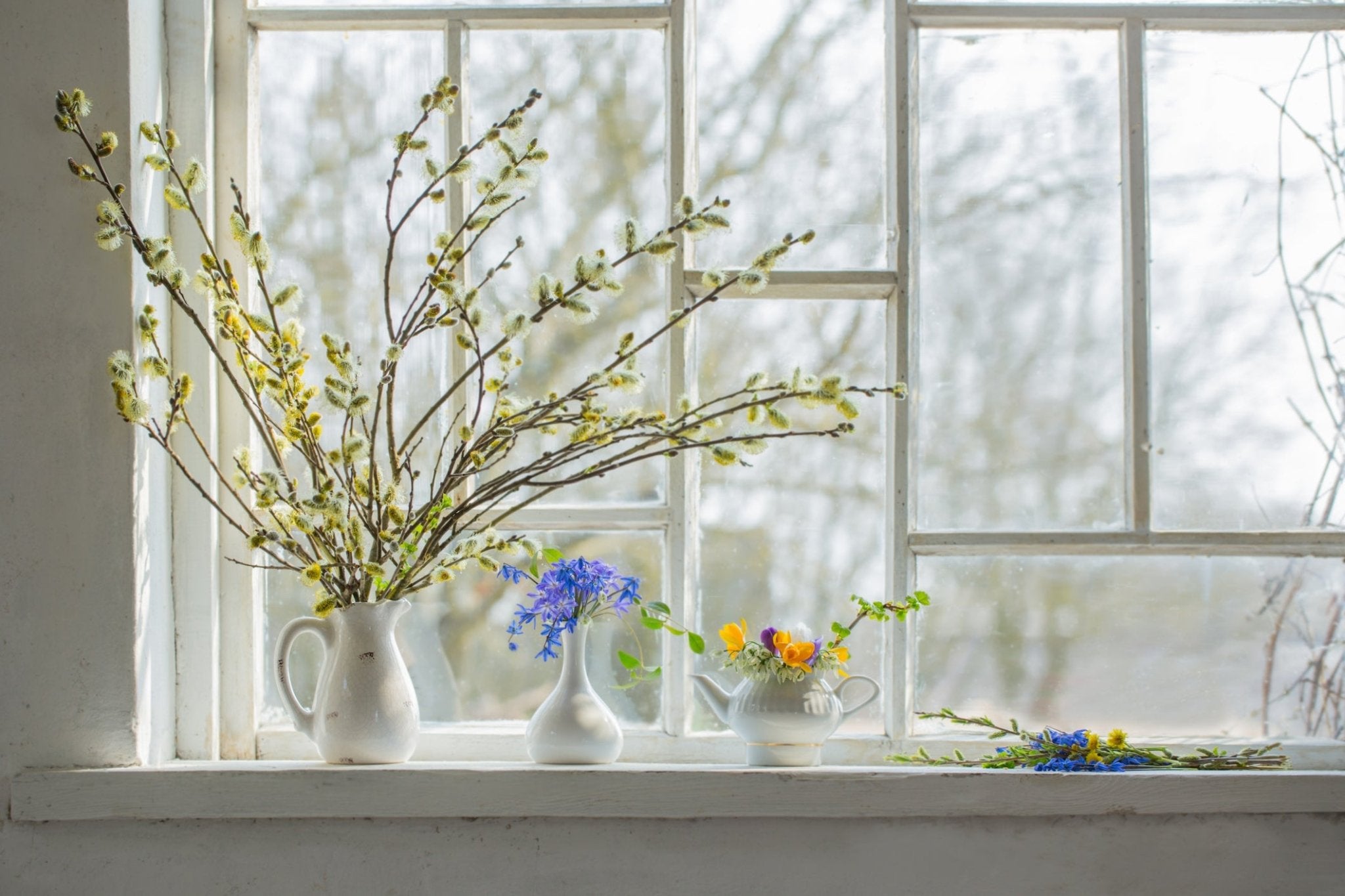
Houseplants - An old trend revived
Although we as a society are so plugged in, we are also becoming more aware of the natural world. The environment is a top priority for voters as protections gradually get lifted.
Climate change and plants aren’t separate topics. Homeowners and renters with yards are spending more each year, especially on native plants, to make their spaces beautiful. Urban dwellers, however, don’t have the advantage of designing and relaxing in their own landscapes. Instead, they connect to nature and enjoy its health benefits by filling their apartments with houseplants. Not just a few as accents, but dozens, as in creating a jungle.
This recent trend is most common among millennials. It is estimated that this generation is responsible for one third of all houseplant sales. Urban jungles have become so popular, that a new wave of stores strictly carrying interior plants and accessories is on the rise. Houseplants can also be found in most any retail setting these days.
Trends come and go
The houseplant trend is cyclical. The last phase was in the 1970's after the tumultuous '60's. The '70's were definitely a time of trying to feel good. The cycle before that was in the early 1900's. During the Industrial Revolution, people moved off their farms and into the cities to work in factories. As they yearned for the nature they’d left behind, houseplants filled the void and helped them bring some of the farm to their new settings. The current cycle of houseplant mania is popular on Instagram. Search #urbanjungle to find almost two million posts about urban wilding, the name for acquiring hundreds of plants. Photos, growing tips, design ideas, plant suggestions, and shelfies - photos of plants on shelves - abound. Some urban wilders have hundreds of thousands of followers!Health benefits
Houseplants are not only trendy, they are good for your health. Plants absorb carbon dioxide and release oxygen, while cleaning toxins from the air and improving air quality. They add humidity, which is good for all parts of the body. It has been shown that plants and nature reduce stress while bettering our moods and well-being. We are more confident and productive when we are less anxious, less depressed, and sleeping better. One theory on why people hoard houseplants is because they want something to nurture, especially in difficult times. It is easy to shift your attention from the news by tending to 100 plants. This is a form of self-care. Watching plants grow after you’ve been taking care of them is rewarding in itself. Houseplants can be substitutes for children or pets too, again with the need to nurture. A living décor, so to speak, is also a buffer against all the technology that dominates our lives. We go outside less, because of computers, gaming, movies, and phones, but our primal needs for nature can be met with interior plantscapes.Take part!
Whether you are a millennial or not, or whether you want a jungle or an accent, there is no harm in adding houseplants to your décor. This would be a great time to find a wide variety of plants available to satisfy the needs of this cycle’s customers. There are unique shapes, structures, and colors to choose from. And don’t forget the containers! They are an integral part of the design. Make it eclectic or monochromatic, and maybe change it up in each room. Instagram can give you ideas! Take advantage of what’s offered now, because this trend will eventually wind down, as they all do.Would you like to be the first to hear about our new products and more? Sign up for our Nature’s Path Newsletter.







